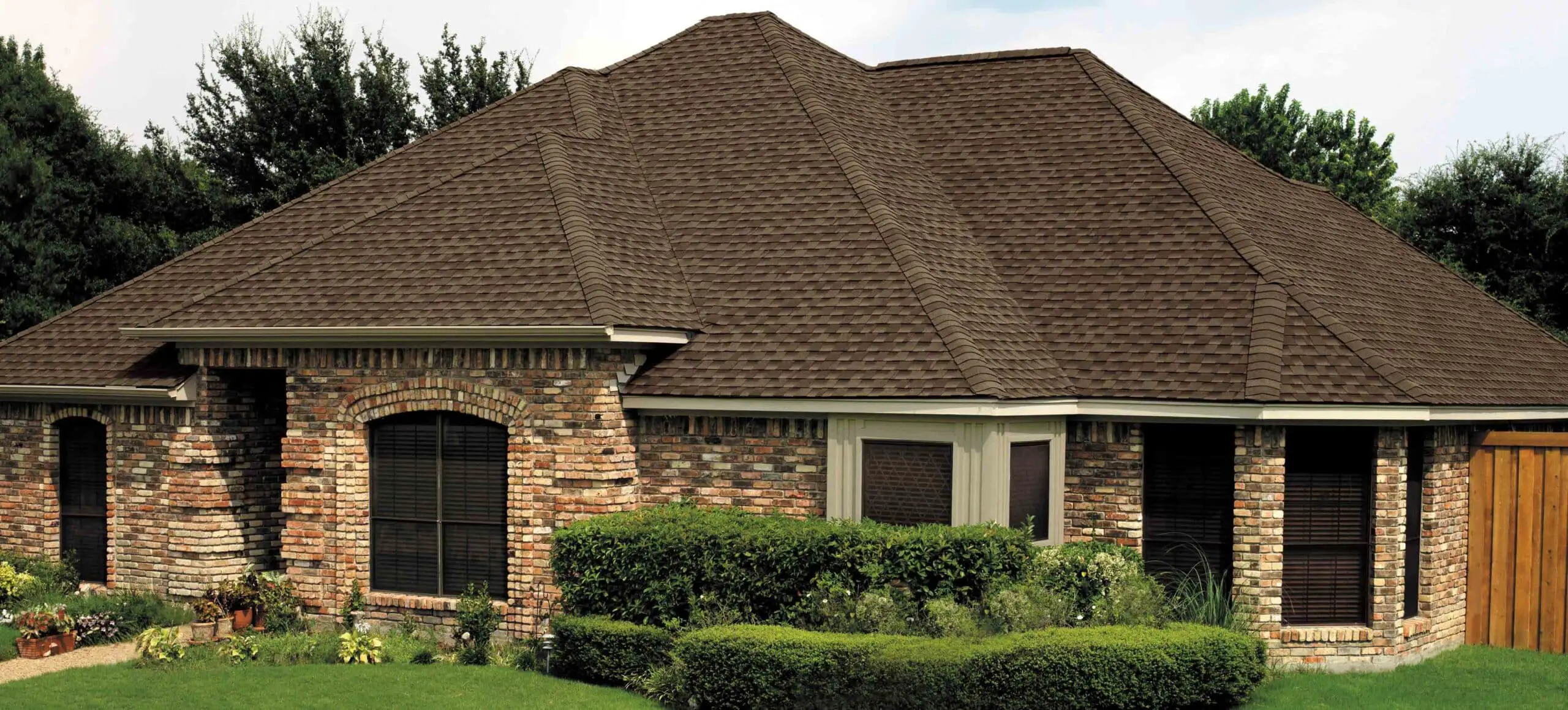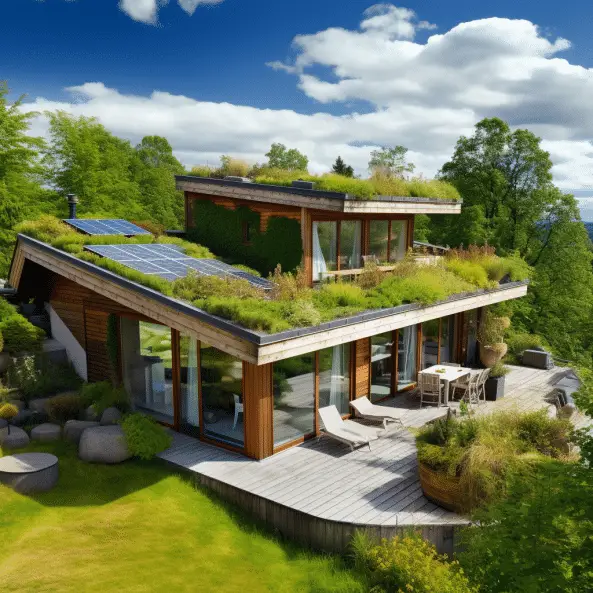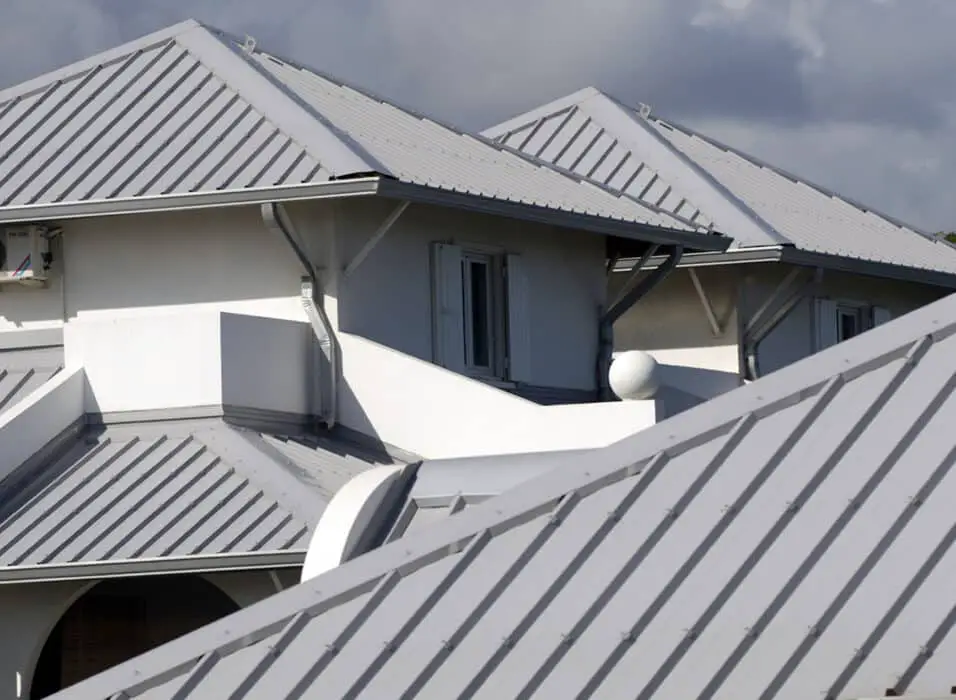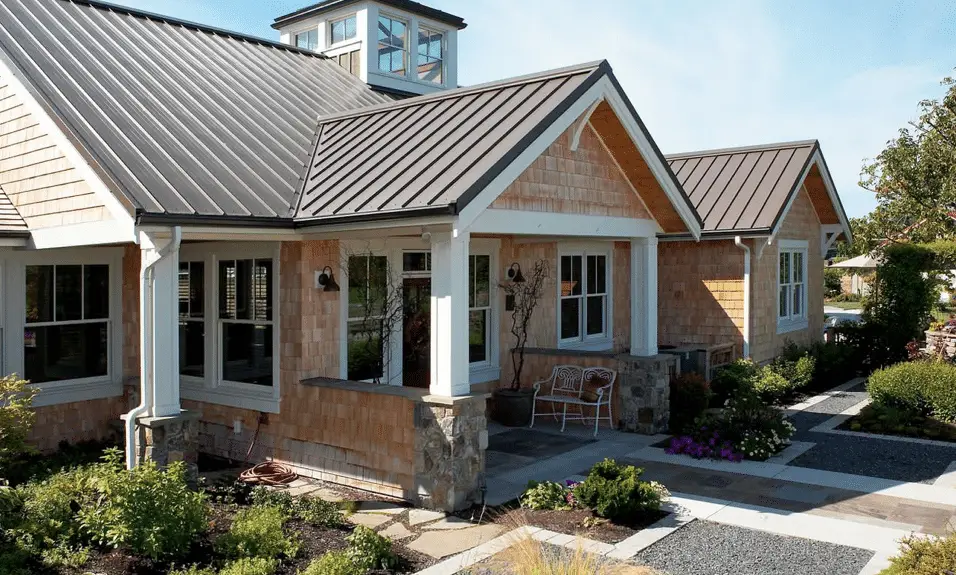Are Metal Roofs More Expensive Than Shingles
Introduction
Are Metal Roofs More Expensive Than Shingles: When it comes to choosing the right roofing material for your home, cost is often a significant factor to consider. Among the various options available, metal roofs and shingles are two popular choices. Both offer their unique advantages and disadvantages, but one question that frequently arises is whether metal roofs are more expensive than shingles. In this article, we will delve into the cost comparison between these two roofing materials, exploring the factors that influence their prices and helping you make an informed decision for your roofing needs.
When comparing the costs of metal roofs and shingles, it is important to consider both the short-term and long-term expenses. While metal roofs may have a higher upfront cost due to the materials and installation requirements, they tend to have a longer lifespan compared to shingles. This means that over time, the cost of maintenance and replacement for shingles can surpass the initial investment made in metal roofs.
Furthermore, metal roofs offer excellent energy efficiency, which can result in long-term savings on heating and cooling bills. They are also highly resistant to weather elements, reducing the need for frequent repairs. Shingles, on the other hand, may require regular maintenance and replacement, especially in areas prone to extreme weather conditions.
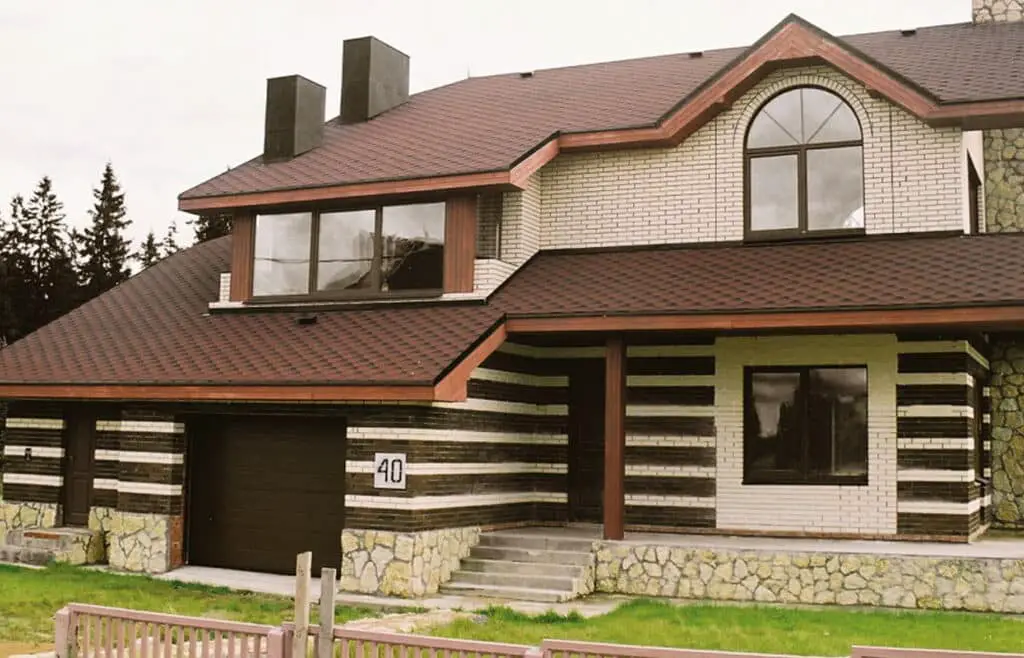
Which roof is better metal or shingles?
When it comes to choosing the right roofing material for your home, one of the most common dilemmas homeowners face is whether to go for metal or shingles. Both options have their own set of advantages and disadvantages, making it essential to carefully consider various factors before making a decision. In this article, we will explore the pros and cons of metal and shingle roofs, helping you make an informed choice for your specific needs.
Advantages of Metal Roofs:
Metal roofs have gained popularity in recent years due to their durability and longevity. One of the key advantages of metal roofs is their ability to withstand extreme weather conditions, including heavy rain, snow, and high winds. Metal roofs are also fire-resistant, making them a safer option for homeowners concerned about fire hazards. Additionally, metal roofs are known for their energy efficiency, as they reflect sunlight and reduce heat absorption, resulting in lower cooling costs during hot summer months.
Another advantage of metal roofs is their low maintenance requirements. Unlike shingle roofs that may require regular inspections and repairs, metal roofs are relatively low-maintenance and can last for several decades with minimal upkeep. This makes them a cost-effective choice in the long run, as they eliminate the need for frequent repairs and replacements.
Advantages of Shingle Roofs:
Shingle roofs, on the other hand, have been a popular choice for residential properties for many years. One of the main advantages of shingle roofs is their affordability. Compared to metal roofs, shingles are generally more budget-friendly, making them a suitable option for homeowners on a tight budget. Shingle roofs also offer a wide range of design options, allowing homeowners to choose from various colors, styles, and textures to match their aesthetic preferences.
In addition to their affordability and versatility, shingle roofs are relatively easier to install and repair. Unlike metal roofs that require specialized installation techniques, shingles can be installed by most roofing contractors, reducing the overall installation costs. Furthermore, in case of damage or wear, individual shingles can be easily replaced without the need for extensive repairs or replacement of the entire roof.
Why not put metal roof over shingles?
Future Leaks Are Hard to Track and Repair
It’s even harder to do this when you install a metal roof over shingles. If water gets under the metal panels, it’ll go down your old asphalt roof and leak inside your home. It’s challenging to repair as the leak could come from two different parts of two different roofs.
When it comes to roofing options, homeowners often wonder whether it is possible to put a metal roof over existing shingles. This question arises due to various reasons, such as cost-effectiveness, convenience, and the desire to avoid the hassle of removing the old shingles. In this article, we will explore the advantages and disadvantages of installing a metal roof over shingles, providing you with a comprehensive understanding of this roofing method.
Advantages of Installing a Metal Roof over Shingles:
One of the primary advantages of installing a metal roof over shingles is the cost savings it offers. By avoiding the labor-intensive process of removing the existing shingles, homeowners can significantly reduce the overall installation expenses. Additionally, the time required for the installation is also reduced, making it a convenient option for those looking to complete the roofing project quickly.
Another advantage is the added layer of insulation that the existing shingles provide. The shingles act as an extra barrier against heat transfer, helping to keep the interior of the house cooler in hot weather and warmer during colder months. This can lead to energy savings and increased comfort inside the home.
Disadvantages of Installing a Metal Roof over Shingles:
While there are advantages to this method, it is important to consider the potential disadvantages as well. One of the main concerns is the added weight that the metal roof will impose on the structure. Shingles are relatively lightweight, but when combined with the weight of the metal roof, it can put excessive stress on the underlying structure. It is crucial to ensure that the existing roof structure can support the additional weight before proceeding with this installation method.
Another disadvantage is the potential for trapped moisture between the metal roof and the shingles. Moisture can become trapped in the space between the two layers, leading to the growth of mold and mildew. Proper ventilation and insulation measures must be taken to prevent this issue and ensure the longevity of the metal roof.
Installing a metal roof over shingles can be a viable option for homeowners seeking cost savings and convenience. However, it is essential to carefully evaluate the structural integrity of the existing roof and take necessary precautions to prevent moisture buildup. Consulting with a professional roofing contractor is highly recommended to determine the suitability of this method for your specific situation.”
What is the cheapest metal roof style?
Corrugated metal panels
Corrugated metal panels are made from rolled steel that is shaped into wavy or boxy looking panels. It is the most affordable type of steel roofing on the market and has exposed fasteners which makes it an easier panel system to install.
A metal roof is a popular choice for homeowners due to its durability, longevity, and energy efficiency. When it comes to selecting a metal roof style, cost is often a significant factor to consider. Homeowners want to find the most affordable option without compromising on quality. In this article, we will explore various metal roof styles and determine which one is the cheapest.
Metal Roof Styles:
There are several metal roof styles available in the market, each with its own unique characteristics and price range. One of the most affordable options is the corrugated metal roof. This style features a series of parallel ridges and grooves, providing strength and durability. Corrugated metal roofs are commonly used in agricultural and industrial buildings, but they can also be a cost-effective choice for residential properties.
Another economical metal roof style is the standing seam roof.
This style consists of vertical metal panels that interlock along the edges, creating a sleek and modern appearance. Standing seam roofs are known for their exceptional weather resistance and low maintenance requirements. While they may be slightly more expensive than corrugated roofs, they offer superior durability and longevity, making them a cost-effective investment in the long run.
Additionally, metal shingle roofs are an affordable option for homeowners.
These roofs mimic the appearance of traditional asphalt shingles but offer the added benefits of metal, such as increased durability and fire resistance. Metal shingles are available in various styles and colors, allowing homeowners to achieve the desired aesthetic for their homes without breaking the bank.
When it comes to finding the cheapest metal roof style, options such as corrugated metal roofs, standing seam roofs, and metal shingle roofs are worth considering. Each of these styles offers affordability without compromising on quality and durability. Ultimately, the choice of the cheapest metal roof style will depend on the specific needs and preferences of the homeowner.
Which type of roof is cheapest?
Asphalt shingles
Asphalt shingles and metal roofing are two very common cost-effective materials. Between the two, asphalt shingles are the cheaper material.
When it comes to choosing a roof for your home, cost is often a significant factor to consider. Homeowners want to find the most affordable option that still provides durability and protection. With a wide range of roofing materials available in the market, it can be challenging to determine which type of roof is the cheapest. In this article, we will explore various roofing options and analyze their cost-effectiveness to help you make an informed decision.
Factors Affecting Roofing Costs:
Before delving into specific roofing materials, it is essential to understand the factors that influence roofing costs. The size and complexity of your roof, as well as the region you live in, can significantly impact the overall expenses. Additionally, labor costs, installation requirements, and maintenance needs should also be taken into account when evaluating the affordability of different roofing options.
Asphalt Shingles: The Affordable Choice:
One of the most popular and cost-effective roofing materials is asphalt shingles. These shingles are widely available and come in various styles and colors, making them suitable for different architectural designs. Asphalt shingles are relatively easy to install, which helps reduce labor costs. Moreover, they offer good durability and can last up to 20-30 years with proper maintenance.
Metal Roofing: Long-Term Savings:
While metal roofing may have a higher upfront cost compared to asphalt shingles, it offers long-term savings that make it an attractive option for budget-conscious homeowners. Metal roofs are known for their exceptional durability and longevity, often lasting 50 years or more. Additionally, they require minimal maintenance and are highly resistant to fire, insects, and rot. These factors contribute to lower repair and replacement costs over time.
Clay or Concrete Tiles: Aesthetic Appeal with Affordability:
Although clay or concrete tiles may have a higher initial cost, they can be a cost-effective choice in the long run. These tiles are known for their durability and ability to withstand harsh weather conditions. They offer excellent insulation properties, which can help reduce energy costs. Additionally, clay or concrete tiles provide a unique and aesthetically pleasing appearance, enhancing the curb appeal of your home and potentially increasing its value.
Choosing the cheapest type of roof involves considering various factors such as upfront costs, long-term savings, durability, and maintenance requirements. While asphalt shingles are often the most affordable option, metal roofing and clay or concrete tiles can provide long-term cost-effectiveness and aesthetic appeal. It is crucial to assess your specific needs, budget, and preferences before making a decision. Consulting with roofing professionals can also help you determine the best roofing material that suits your requirements and budget.
What is the most affordable type of roof?
Asphalt is the cheapest of all roofing materials in the market and will last you between 15 to 30 years. This is the best option for homeowners facing budgetary constraints. It is also widely available and comes in a variety of colors.
Introduction:
When it comes to choosing a roof for your home, affordability is often a key factor to consider. A roof is not only a protective covering for your house but also a significant investment. Therefore, finding the most affordable type of roof can help you save money in the long run. In this article, we will explore various roofing options and discuss the factors that contribute to their affordability.
Factors Affecting Roof Affordability:
Several factors determine the affordability of a roof. The material used, installation costs, maintenance requirements, and lifespan are some of the key considerations. Different roofing materials have varying price ranges, and their installation and maintenance costs can also differ significantly. Additionally, the lifespan of a roof plays a crucial role in determining its overall affordability. A longer-lasting roof may require less frequent repairs or replacements, making it a more cost-effective option in the long term.
Asphalt Shingles:
One of the most affordable types of roofs is asphalt shingles. These shingles are widely popular due to their cost-effectiveness and durability. Asphalt shingles are available in different styles and colors, making them suitable for various architectural designs. They are relatively easy to install, which further reduces the installation costs. Additionally, asphalt shingles have a decent lifespan of around 20 to 30 years, making them a cost-effective choice for homeowners on a budget.
Metal Roofs:
The most affordable type of roof depends on various factors such as material, installation costs, maintenance requirements, and lifespan. Asphalt shingles and metal roofs are two popular options that offer affordability without compromising on durability. However, it is essential to consider your specific needs, budget, and climate conditions before making a final decision. Consulting with a professional roofing contractor can help you determine the most suitable and cost-effective roofing option for your home.
However, it is crucial to look beyond the initial cost and consider the long-term benefits. Metal roofs are known for their durability and longevity, often lasting two to three times longer than shingles. This means that while the upfront investment may be higher, homeowners can save money in the long run by avoiding frequent replacements or repairs that are common with shingles. Additionally, metal roofs offer better energy efficiency, reducing heating and cooling costs over time.
Are metal roofs generally more expensive than shingles?
Yes, metal roofs are generally more expensive than shingles. While the exact cost comparison may vary depending on various factors such as the type of metal used, the size of the roof, and the location, metal roofs tend to have a higher price tag compared to traditional shingle roofs. This is primarily due to the higher cost of materials and the specialized installation techniques required for metal roofs.
Furthermore, the installation process for metal roofs is more complex and time-consuming compared to shingles. Metal roofs require specialized skills and equipment, which can increase the labor costs.
How do the prices of metal roofs and shingles differ?
The prices of metal roofs and shingles can vary significantly, with several factors influencing the cost comparison between the two. Metal roofs are generally more expensive than shingles due to their higher material and installation costs. Metal roofs require specialized skills and equipment, as well as additional structural support due to their heavier weight. This can result in increased labor costs and the need for professional installation.
Furthermore, the longevity and durability of metal roofs can offset their higher initial cost. This extended lifespan can result in long-term cost savings, as homeowners will not need to invest in frequent roof replacements.
Are there any factors that contribute to the higher cost of metal roofs compared to shingles?
There are several factors that contribute to the higher cost of metal roofs compared to shingles. One of the main factors is the material itself. These materials are often more costly to produce and install compared to the asphalt shingles commonly used for roofing.
Another factor is the complexity of installation. Metal roofs require specialized skills and equipment for proper installation, which can increase the labor costs. Additionally, metal roofs often require additional structural support due to their heavier weight, which can further add to the overall cost of installation.
Are there any factors that contribute to the higher cost of metal roofs compared to shingles?
Another factor that contributes to the higher cost of metal roofs is the installation process. Metal roofs require specialized skills and equipment, which can increase the labor costs compared to shingle installation. Additionally, the weight of metal roofs is generally heavier than shingles, requiring additional structural support and potentially increasing the installation expenses.
Furthermore, the design and customization options available with metal roofs can also impact the cost. Metal roofs offer a wide range of styles, colors, and finishes, allowing homeowners to achieve a unique and aesthetically pleasing look. However, these customization options often come at a higher price compared to the limited choices available with shingles.
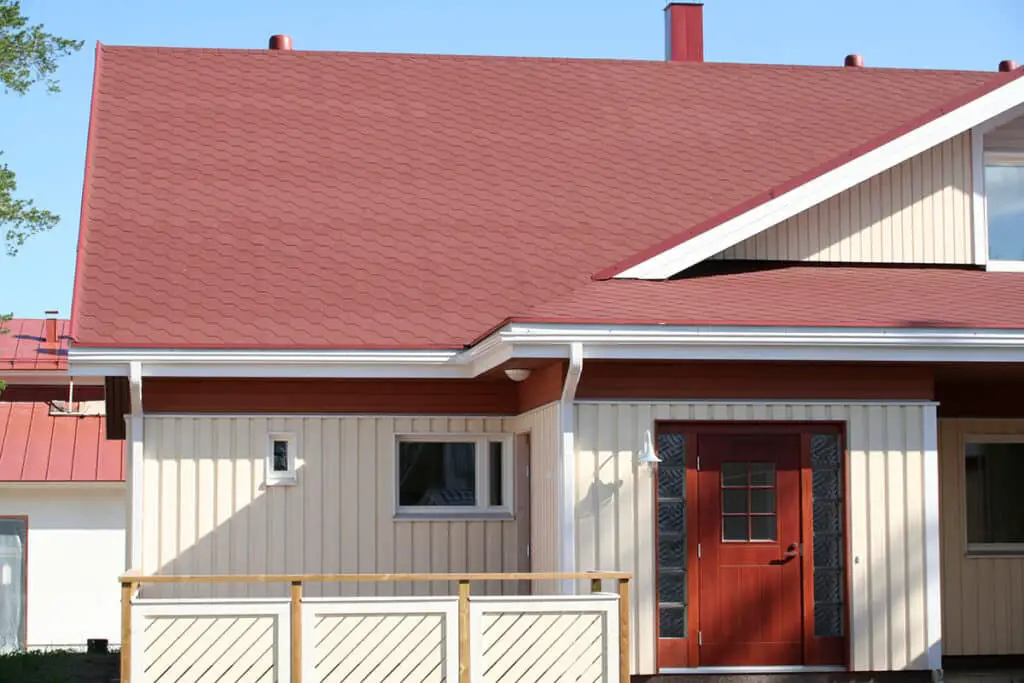
Conclusion
After analyzing the array “”are metal roofs more expensive than shingles,”” it can be concluded that metal roofs tend to be more expensive than shingles. However, it is important to consider various factors that contribute to the overall cost of a roofing project.
Firstly, the initial cost of metal roofs is generally higher than that of shingles . Metal roofing materials are typically more expensive to manufacture and install compared to traditional asphalt shingles. Additionally, metal roofs often require specialized installation techniques and equipment, which can further increase the overall cost. Therefore, homeowners who opt for metal roofs should be prepared to invest more upfront.
Secondly, the long-term cost-effectiveness of metal roofs should be taken into account. While metal roofs may have a higher initial cost, they offer several advantages that can potentially offset this expense over time. Metal roofs are known for their durability and longevity, often lasting two to three times longer than shingle roofs. This means that homeowners with metal roofs may save money on future repairs and replacements, making them a more cost-effective option in the long run.
Furthermore, metal roofs can provide energy-saving benefits, which can contribute to additional cost savings. Metal reflects sunlight, reducing heat absorption and keeping the interior of the house cooler. This can lead to lower energy bills, especially in warmer climates.



